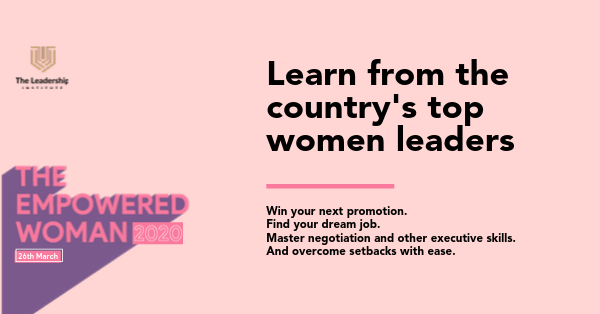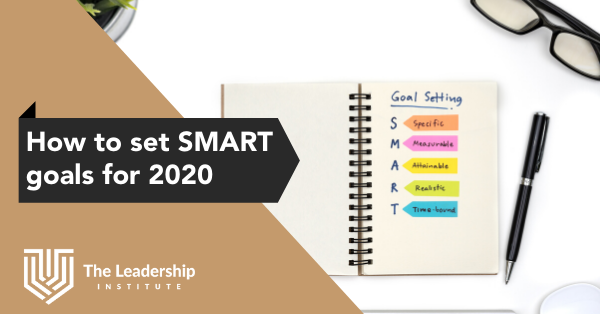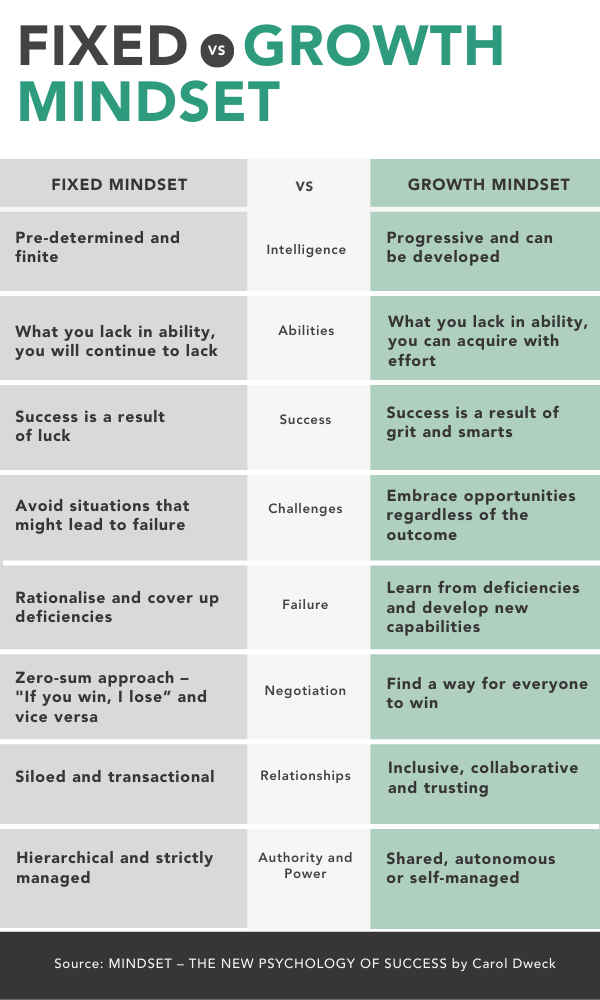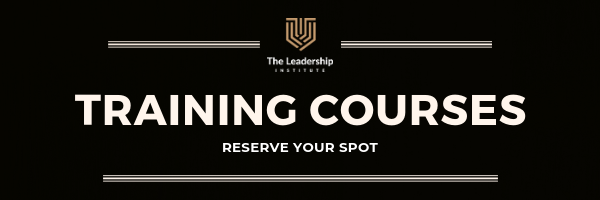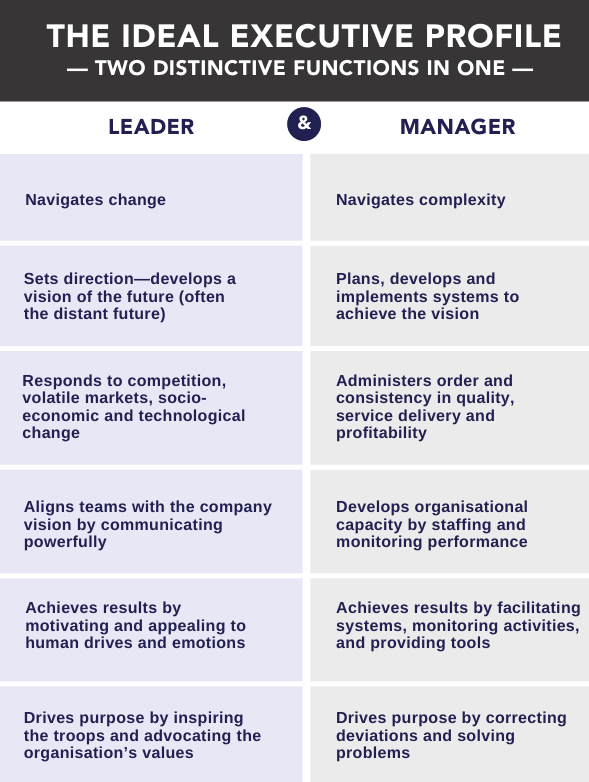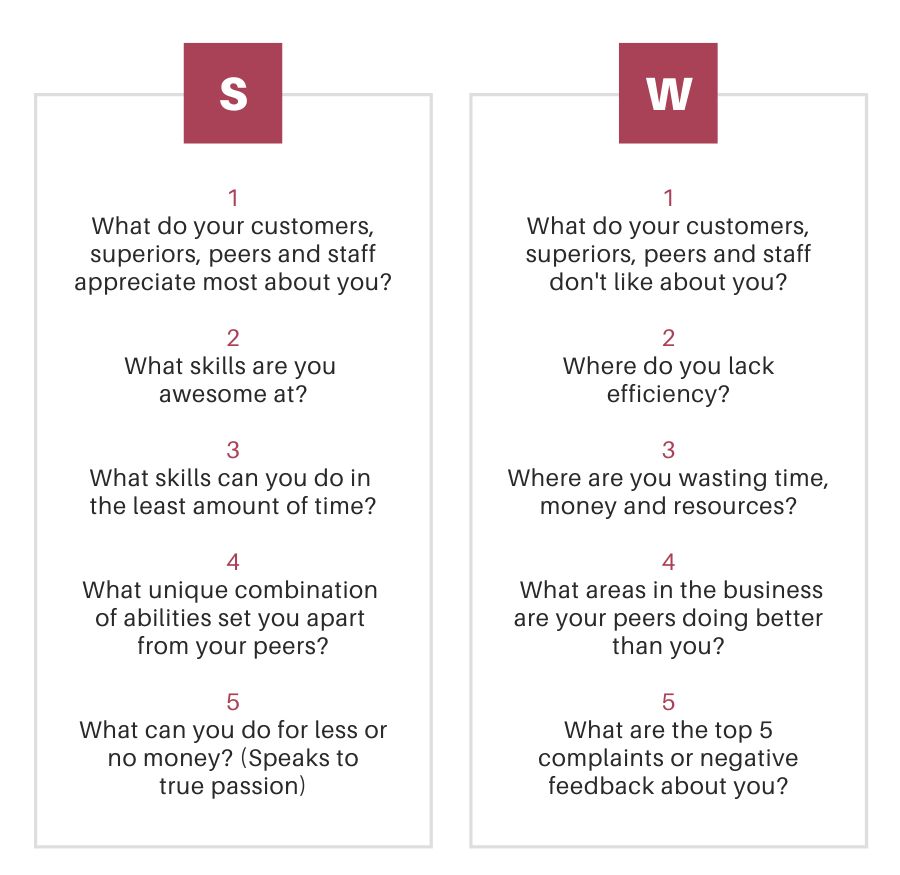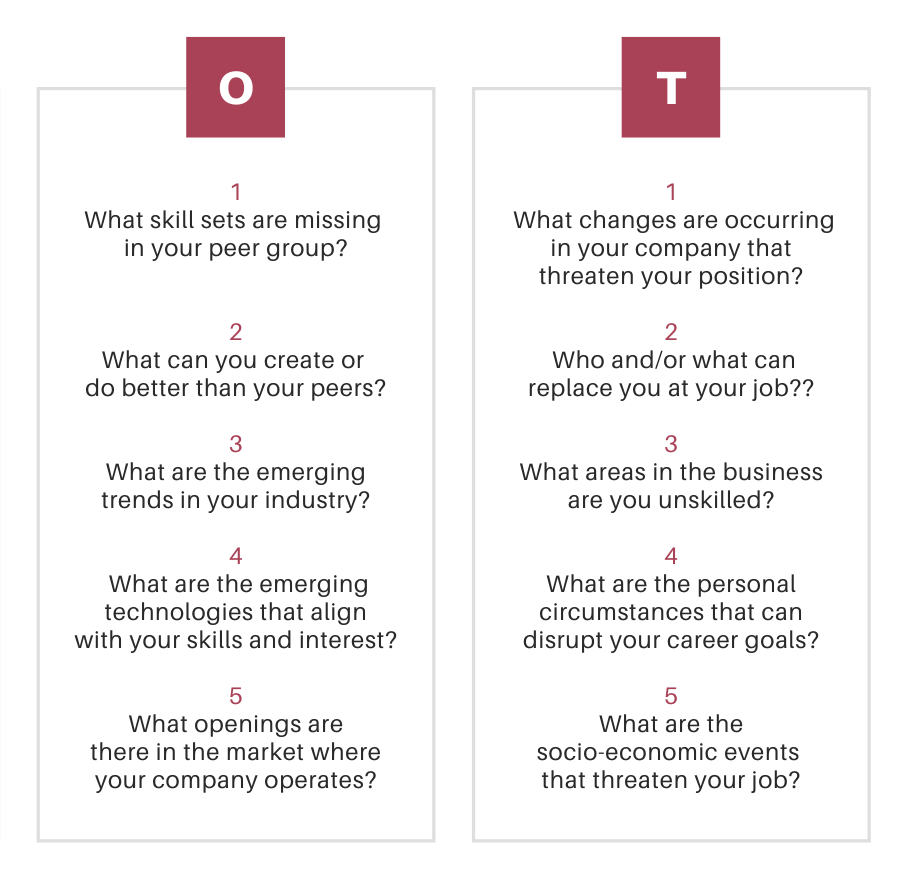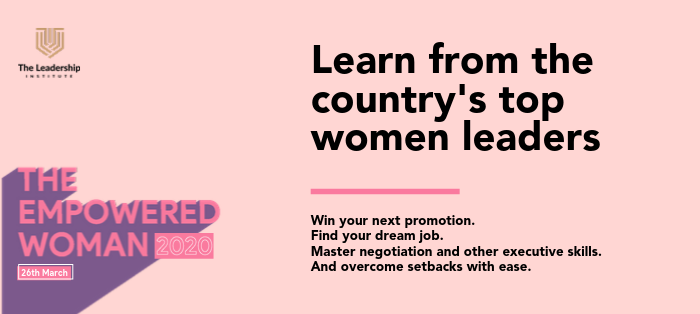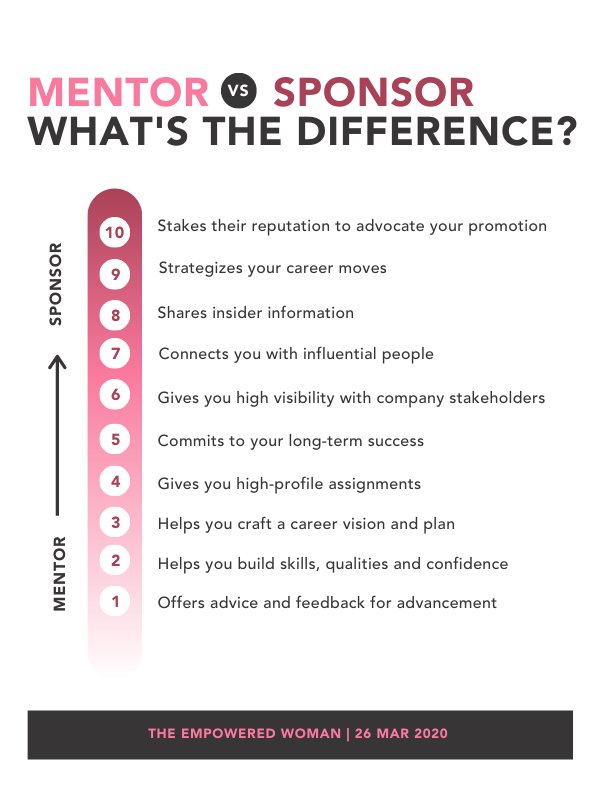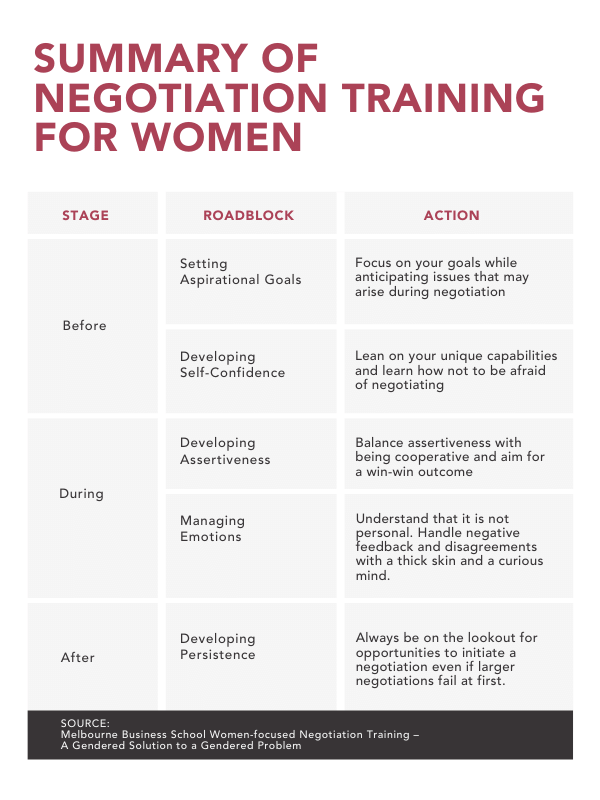Get to know the senior women executives of elite learning institutions who will talk about actionable strategies for fast-tracking a career in education
The Women in Education Leadership Summit 2020 is bringing together women leaders of remarkable achievement from institutions like Harvard, Princeton, the University of Western Australia among others, to ignite passion and ambition for women in education.
The summit will focus on preparing women for the increasing challenges of education leadership – from entry level management all the way up to the executive suite. Our key speakers will talk about their experiences as well as the strategies to help women move forward in their own leadership journey, wherever stage they may be.
Check out some of our impressive headliners speaking at this year’s Women in Education Leadership Summit.

Deborah is the first woman professor of practice at the Harvard Graduate School of Education (HGSE). She served as superintendent of the Richmond (VA) Public Schools and built a reputation as one of the most successful urban district superintendents in the US.
In her half-day workshop, Deborah will guide you along the 5 essential skills to navigate the growing complexities and demands of leadership in modern education.

Rochelle has been responsible for overseeing all student services, including athletics, residential life, leadership activities, religious and spiritual life, among others.
Her workshop will center on shaping student and staff experiences to build inclusive communities, enabling the success of all staff and students and building a self-sustaining community around your education institution

Jill has more than 30 years of experience in Indigenous higher education, developing programs and support services for Indigenous students.
Inclusivity is at the heart of Jill’s message. In her talk, she will be elaborating on the strategies for building inclusive campuses for Indigenous students and staff and advancing Indigenous education outcomes through strong leadership.

Marcia is leading a project to transform VU’s Academic Program of the Future in order to prepare students to navigate the increasingly complex world of work.
In her session, Marcia will be focusing on how to embed sponsorship in your organisational culture to create more opportunities for women. She will also cover how to manage the impact of unconscious bias in the sponsorship process.

Fiona is the first woman to be Principal of Radford College and a recipient of the South Australian Businesswoman of the Year, Community and Government Award.
As a long-time educator, Fiona understands the work it takes to unite learners of diverse backgrounds under a common purpose. On day 1 of the summit, she will be leading a discussion on how to cultivate a truly open, diverse and inclusive work culture.
It’s high time for women in education to invest in their own leadership and executive training. Sign up for the Women in Education Leadership Summit 2020 and grow in your ability to drive successful innovation in the business of education.




